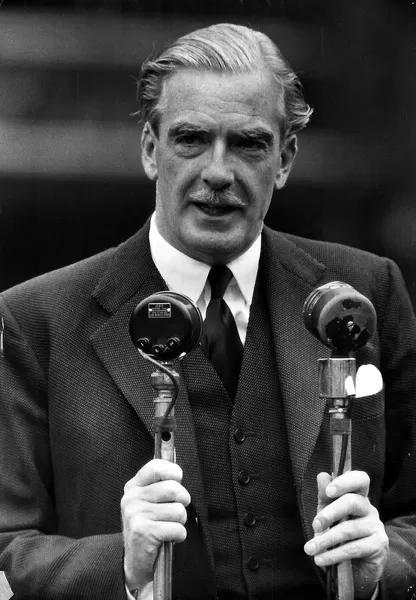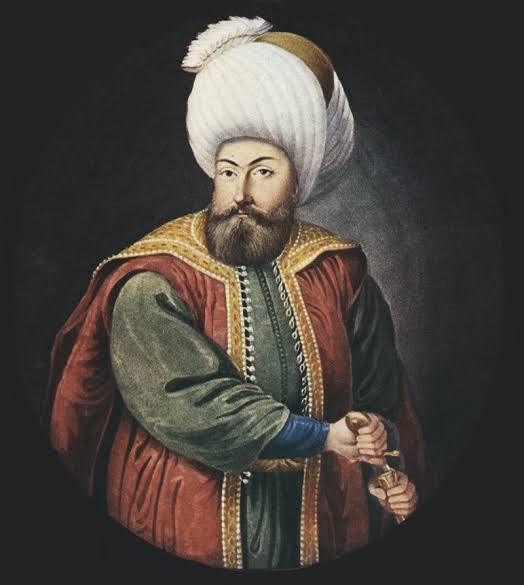#ImperialLegacy
Explore tagged Tumblr posts
Text
The Suez Crisis of 1956
As a British nationalist, I must confront an uncomfortable truth: the Suez Crisis 1956 was a watershed moment when Britain, once the world’s preeminent power, faced the harsh reality of its diminished global standing. That fateful period saw Britain falter on the world stage and lose much of its grip on the illusion of imperial dominance.
The Crisis Unfolds
On July 26, 1956, Egyptian President Gamal Abdel Nasser announced the nationalization of the Suez Canal, previously owned and operated by the Suez Canal Company, a Franco-British enterprise. For Britain, the canal was more than a strategic asset—it was a lifeline to the Empire, connecting Europe to vital colonies and oil supplies in the Middle East. Nasser’s bold move was perceived as a direct challenge to British authority.
The ensuing weeks were marked by diplomatic wrangling, covert planning, and military posturing. Prime Minister Anthony Eden, a staunch believer in Britain’s imperial legacy, saw Nasser’s actions as intolerable. Alongside France and Israel, Britain hatched a plan to regain control of the canal. The strategy was clear: Israel would invade the Sinai Peninsula, and Britain and France would intervene under the guise of peacekeeping, seizing control of the canal in the process.

The Illusion of Power
On October 29, 1956, the plan was set into motion. Israeli forces attacked the Sinai, and Britain and France issued ultimatums, which Nasser predictably rejected. Airstrikes and landings followed, but instead of showcasing British strength, the intervention highlighted its vulnerabilities.
The United States, under President Eisenhower, condemned the operation. Eisenhower, wary of Soviet exploitation of the crisis amidst the Cold War, pressured Britain and its allies to withdraw. The financial strain of the operation compounded the issue. Facing a collapsing pound and a lack of American support, Britain had no choice but to abandon the campaign. By March 1957, British troops had withdrawn.
A Humbling Defeat
The Suez Crisis was not just a military setback; it was a blow to Britain’s pride and prestige. For centuries, Britain had projected an image of unassailable authority. The events of 1956 shattered that illusion. The country was forced to reckon with a new world order where the United States and the Soviet Union held the reins of power, relegating Britain to the status of a secondary player.
For Eden, the crisis marked the end of his political career, his reputation was irreparably damaged. For Britain, it signalled the twilight of the empire. The humiliation at Suez accelerated decolonization, with countries in Africa, Asia, and the Caribbean pushing harder for independence.

Reflections on What Was Lost
As a nationalist, it is painful to look back on Suez and not feel a sense of loss—loss of influence, loss of unity, and loss of the boldness that once defined our nation. The crisis underscored how much had changed since the days of Victoria’s empire. It revealed the cracks in the foundation of British power, forcing us to confront the limitations of our ambitions.
Yet, amidst the gloom, there is a lesson. The Suez Crisis, while a defeat, should remind us of Britain’s capacity for reinvention. From the ashes of empire, the country forged a new path, albeit a humbler one, grounded in soft power, diplomacy, and economic resilience.
In the end, Suez remains a cautionary tale: a reminder of the costs of overreach, the importance of alliances, and the need for pragmatism in a rapidly changing world. For those of us who still believe in Britain's greatness, it is a chapter worth studying—not just as a lament for what was lost but as a guide for how we might reclaim a new kind of leadership in the modern era.
#SuezCrisis#BritishHistory#1956#PostEmpireBritain#GamalAbdelNasser#AnthonyEden#BritishDecline#ColdWarPolitics#ImperialLegacy#MiddleEastHistory#BritishNationalism#AngloFrenchRelations#Decolonization#GlobalPolitics#SuezCanal#UKHistory#Eisenhower#MilitaryHistory#LossOfEmpire#LessonsFromHistory#new blog#today on tumblr
0 notes
Photo

I interviewed the Sibling founders of Imperial Legacy @il_clothing Faith & Marcus Smith The other night at their event during NYC Fashion Week #fashionweek #founders #ImperialLegacy #lifeoftym #gaymoviestar #lgbtactivist #tymmoss #nycentertainer @tymmoss (at Roof at Park South) https://www.instagram.com/p/CjApOeBuotI/?igshid=NGJjMDIxMWI=
0 notes
Text
"That city, placed at the junction of two seas and two continents, seemed like a diamond set between two sapphires and two emeralds, to form the most precious stone in a ring of universal empire."

Osman I or Osman Ghazi was the founder of the Ottoman Empire. While initially a small Turkoman principality during Osman's lifetime, his beylik transformed into a world empire in the centuries after his death.
Born: Söğüt, Türkiye
Died: Bursa, Türkiye
Origin of the Ottoman Name: The term "Ottoman" is believed to have originated from Osman's name. According to a popular legend, when Osman was still a young man, he fell asleep and dreamt of a crescent moon rising from his chest. This vision was interpreted as a sign of the great empire he would establish. The word "Ottoman" is thought to be derived from the Arabic 'Uthmān,' the Turkish 'Osman,' and the Persian 'Uthmān,' all of which are related to his name.
Marriage to Malhun Hatun: Osman I married Malhun Hatun, who is often considered his first wife. Malhun Hatun was from a prominent Turkish noble family. This marriage played a crucial role in establishing alliances with other Turkic tribes, contributing to the expansion of Osman's power and influence.
The Sword of Osman: The Sword of Osman, also known as Zulfiqar, is a legendary sword associated with Osman I. According to tradition, the sword was given to Osman by his father-in-law Sheikh Edebali. The sword is said to have been passed down through the Ottoman sultans and symbolized the strength and legitimacy of their rule. It became a symbol of the transfer of power from father to son during the enthronement ceremonies.
Osman I's Leadership Style: Osman I is often described as a charismatic and visionary leader. His leadership style was marked by a combination of military prowess, diplomatic skill, and a strong sense of justice. He successfully united various Turkic tribes under his rule, creating a foundation for the future Ottoman Empire. His leadership laid the groundwork for the expansion and consolidation of Ottoman territories.
Death and Burial: Osman I passed away in 1323. His tomb, located in Bursa, Turkey, is considered a sacred site. Interestingly, the location of Osman's tomb was kept secret for some time after his death to prevent any potential desecration by enemies. The tomb later became part of the larger complex that includes the Green Mosque and the Green Tomb, which are important historical and architectural landmarks.
#OttomanHistory#SultansLegacy#EmpireBuilding#OttomanArchitecture#GoldenAge#BattleStrategies#OttomanCulture#ImperialLegacy#HaremLife#SilkRoadTrade#TopkapiPalace#JanissaryCorps#OttomanArt#MehmedTheConqueror#BosphorusStrait#OttomanMilitary#TanzimatReforms#HagiaSophiaConversion#OttomanDiplomacy#EndOfAnEra#today on tumblr#quoteoftheday#history#philosophy
1 note
·
View note